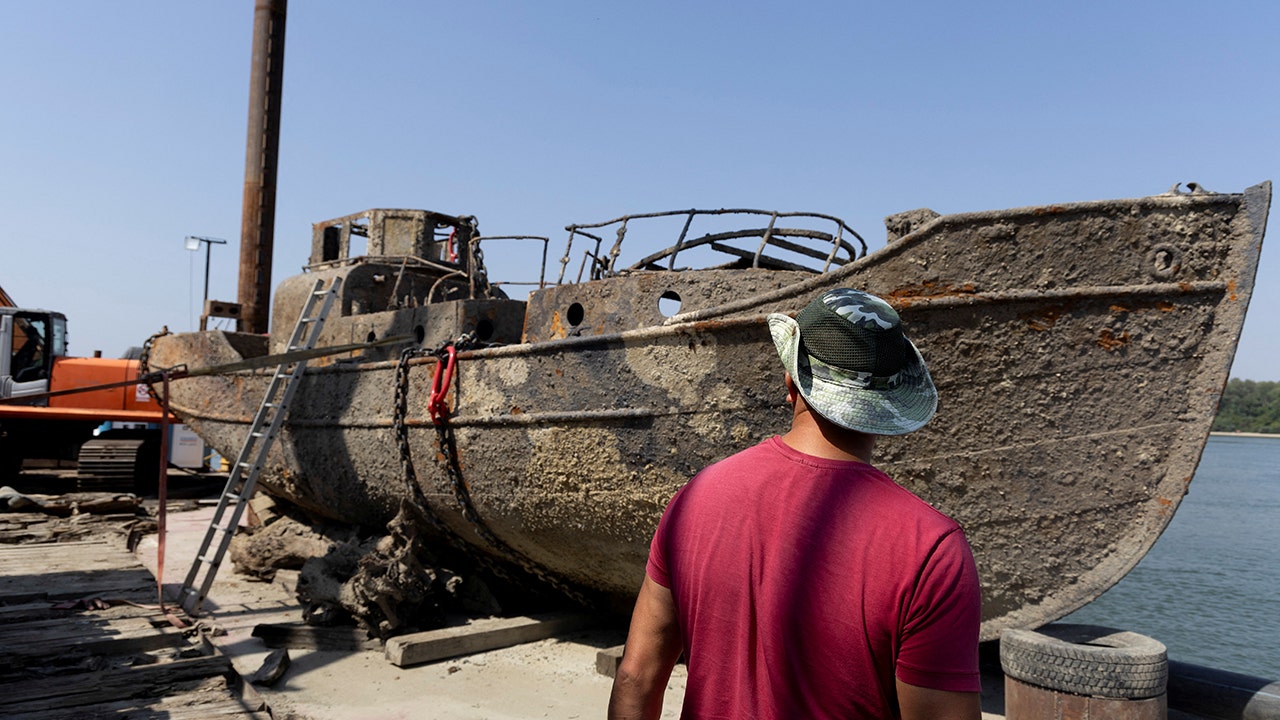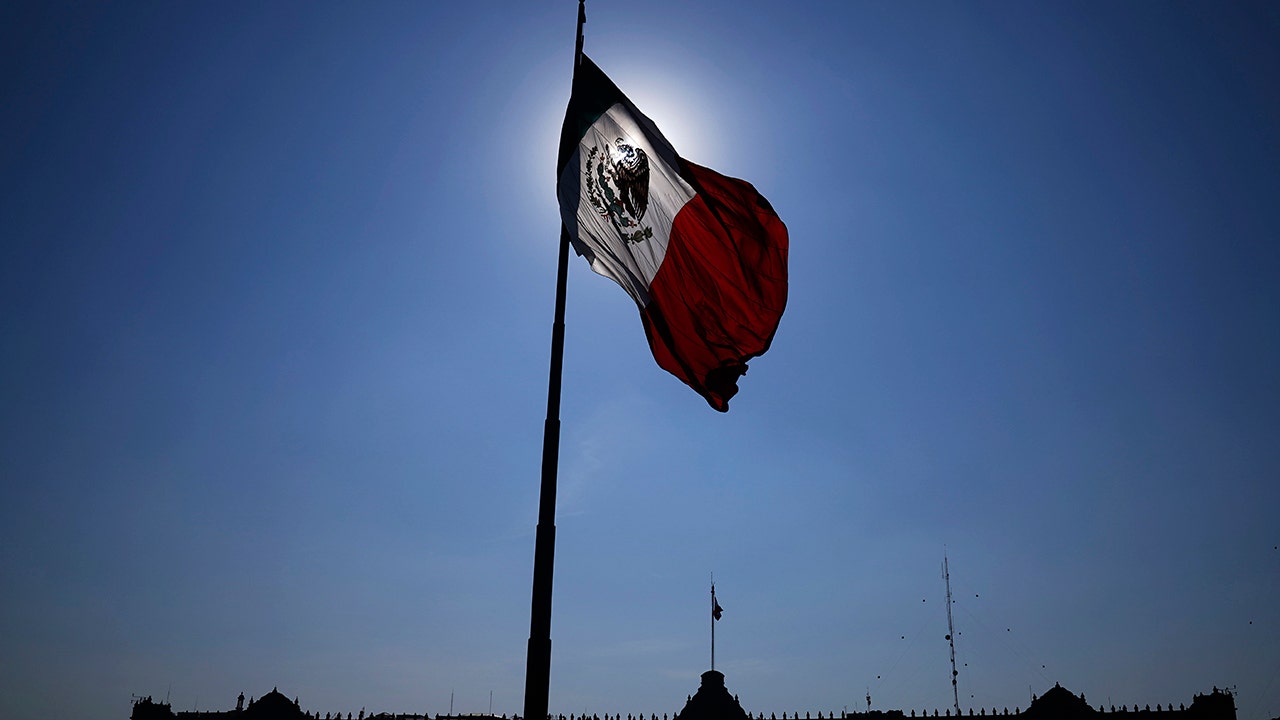These new security features and other upgrades at a munitions depot in central Belarus reveal that Russia is building facilities there that could house nuclear warheads. If Russia does move weapons there, it would mark the first time it has stored them outside the country since the fall of the Soviet Union in 1991.
Russia already has nuclear warheads on its own soil that are close to Ukraine and NATO countries, but by basing some in Belarus, the Kremlin appears to be trying to accentuate its nuclear threat and bolster its nuclear deterrent.
Russia’s president, Vladimir V. Putin, made reference to such a site early last year, saying Russia would soon be completing the construction of “special storage for tactical nuclear weapons” in Belarus.
The New York Times analyzed satellite imagery and photos, and spoke with nuclear weapons and arms control experts, to track the new construction, which started in March 2023.
The site is 120 miles north of the Ukrainian border at a military depot next to the town of Asipovichy. Some of the recently built structures there have features that are unique to nuclear storage facilities at bases inside Russia. For example, a new, highly secure area is surrounded by three layers of fencing, in addition to the existing security perimeter of the entire base. Another telltale sign is a covered loading area connected to what appears to be a concealed Soviet-era underground bunker.
Hans Kristensen of the Federation of American Scientists, who has analyzed the site, said that the nuclear developments in Belarus “appear designed to unnerve NATO’s easternmost member states, but will not give Russia a significant new military advantage in the region.”
There is no consensus definition of a tactical nuclear weapon, as opposed to longer-range strategic arms. But Russia defines tactical arms as those with a range of up to 300 kilometers, about 186 miles. Because nuclear programs are so secretive, it’s possible there are other locations in Belarus where Russia is storing warheads — and the Kremlin may have even moved some to the Asipovichy location, though all indications suggest otherwise. Both the Russian and Belarusian Ministry of Defense did not respond to requests for comment.
Nuclear warheads are typically stored close to military bases with the capability to deliver the weapons. The suspected nuclear storage site is in the same town as Belarus’s Iskander missiles, which can be used to launch nuclear or conventional warheads. Russia delivered the Iskanders to Belarus in 2022.
Over the past week, both Russia and Belarus have made statements about nuclear weapons drills. On Monday, the Kremlin said it would hold military exercises with troops based near Ukraine to train for the possible use of tactical nuclear weapons. On Tuesday, the Belarusian defense minister told state media that an inspection had begun of the Iskander forces and other nuclear weapons delivery systems.
Russia’s comments immediately provoked condemnation by the U.S. and NATO for “irresponsible rhetoric.”
“We are reviving Cold War practices, hence we are reviving Cold War risks,” said Jeffrey Lewis, an arms control expert at the Middlebury Institute of International Studies at Monterey in California.
In 2023, as new fences went up to create a higher-security area at the Asipovichy base, a covered area was revamped, including a truck loading dock that now has a new roof, shielding any activities from surveillance above. These renovations are consistent with structures seen at other former Soviet nuclear storage sites. Seen below, a matching dock in Hungary contains an internal entrance to an old, tree-covered underground bunker.
William Moon, an independent consultant and former official with the Pentagon’s Defense Threat Reduction Agency, told The Times that the design of the Asipovichy upgrades, with triple fencing, one main entry and an emergency exit, resembles the Russian nuclear warhead storage sites he has seen in person. Mr. Moon, who worked on nuclear warhead security with Russia, said, “When we were working with their standards, they would require that third layer fencing.”
He said that in addition to added security, he would also expect separate housing for the Russian military unit that remains in control of the nuclear warheads. Three new buildings, which appear to be either for administrative use or barracks, have been set up in the depot entrance area, and an additional area is currently being bulldozed.
At the entrance to the triple-fenced zone, a security checkpoint — a covered inspection area next to a guardhouse — was added in 2023. These types of structures have become fixtures over the last two decades at nuclear sites inside Russia, according to Michael Duitsman, a colleague of Mr. Lewis’s at the Middlebury Institute. They are a “unique feature not seen at other Russian bases,” he said.
In recent weeks, construction began on what may be new buildings. “The details are still uncertain, but construction has clearly entered a new phase,” said Mr. Kristensen.
An air defense system has also been brought in to protect the site. It was initially spotted camouflaged in mid-2023, including through radar satellite imagery provided by the space company Umbra. Since September, one of the air defense vehicles has been deployed in a field about a mile from the bunker.
Asipovichy is part of nuclear history. The same site that Russia is building out today was likely used to store nuclear weapons during the Cold War. The Soviet Union began basing nuclear missile brigades in and around the town in the 1960s, according to William Alberque, who has been a director at the think tank International Institute for Strategic Studies (IISS) and a Pentagon and NATO official. It also stationed a military unit that managed nuclear weapons at an artillery munitions storage site, he said. After the Soviet Union disintegrated in 1991, all nuclear weapons were removed from Belarus.
Declassified U.S. intelligence satellite photos of the Asipovichy site taken during the Cold War appear to show these two functions. The southern section was thought to be for conventional weapons, with clearings and many storage buildings. In a separate, tree-covered northern section, four bunkers are visible, with a walled compound farther north — the exact spot where the current construction can be seen.
While the 1970 Nuclear Non-Proliferation Treaty prohibits the transfer of nuclear weapons to non-nuclear states, it doesn’t ban housing nuclear weapons abroad if control is maintained by the country that owns them. Under NATO’s nuclear sharing arrangement, the U.S. currently has nuclear weapons in some member countries.
A U.S. State Department spokesperson would not say if the United States was monitoring any particular site in Belarus, but said the department is keeping a close eye on the situation in order “to ensure Russia maintains control of its weapons in the event of any deployment to Belarus and upholds its obligations under the Nuclear Non-Proliferation Treaty.” An April 2024 State Department report said that the U.S. would not change its nuclear posture in response to the developments in Belarus.
Julian E. Barnes contributed reporting. Phil Robibero, Blacki Migliozzi, David Botti and Alexander Cardia contributed visual production.






